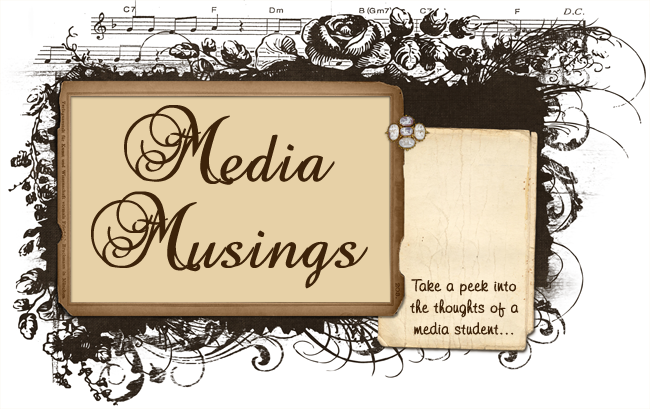Have a nice day! 
LOL, just kidding.
Btw, I’m not feeling well today so I won’t be joining you for lunch. =(
How often do we see sentences like these in our daily online conversations? We are so accustomed to seeing these emoticons and short forms in our interactions online that we hardly give any thought to them, accepting them as a natural part of talking through the internet.
Anthony Funnell (2007) takes a look into the world of emoticons and email etiquette in his ABC Radio program, where he discusses email communication and its etiquette, along with how different people will interpret emails in different ways. Funnell talks to Scott Fahlman, who invented the smiley emoticon 25 years ago, and also with Will Schwalbe, who is an expert on email etiquette. Some points of the conversation include how figures of authority will interpret emails differently from casual acquaintances, the proper writing of an email to convey or forward messages and the usage of emoticons in online correspondences.
Online conversation lacks the non-verbal cues that we employ in face-to-face conversation, which is why emoticons are so highly popular. As Funnell (2007) points out, a simple sentence can be perceived or read in different ways, thus giving it meanings which are different from what the writer intended. It was the failure of some people to interpret emotions or meanings in email that prompted Fahlman to invent the 'emoticon'. Emoticons are used to give a visual indication of the tone or context of the message. This is supported by Schriver (1997), who states that readers may need supplementary graphics to guide them in their interpretation of the primary text message.
Besides that, proper email etiquette is important when communicating with other people, especially figures in positions of authority e.g. bosses and managers. Other than that, we should also be aware of what situations emails should (e.g. sharing holiday experiences, party invitation) and should not (e.g. condolences) be used to convey messages.
LOL, just kidding.

Btw, I’m not feeling well today so I won’t be joining you for lunch. =(
How often do we see sentences like these in our daily online conversations? We are so accustomed to seeing these emoticons and short forms in our interactions online that we hardly give any thought to them, accepting them as a natural part of talking through the internet.
Anthony Funnell (2007) takes a look into the world of emoticons and email etiquette in his ABC Radio program, where he discusses email communication and its etiquette, along with how different people will interpret emails in different ways. Funnell talks to Scott Fahlman, who invented the smiley emoticon 25 years ago, and also with Will Schwalbe, who is an expert on email etiquette. Some points of the conversation include how figures of authority will interpret emails differently from casual acquaintances, the proper writing of an email to convey or forward messages and the usage of emoticons in online correspondences.
Online conversation lacks the non-verbal cues that we employ in face-to-face conversation, which is why emoticons are so highly popular. As Funnell (2007) points out, a simple sentence can be perceived or read in different ways, thus giving it meanings which are different from what the writer intended. It was the failure of some people to interpret emotions or meanings in email that prompted Fahlman to invent the 'emoticon'. Emoticons are used to give a visual indication of the tone or context of the message. This is supported by Schriver (1997), who states that readers may need supplementary graphics to guide them in their interpretation of the primary text message.
Besides that, proper email etiquette is important when communicating with other people, especially figures in positions of authority e.g. bosses and managers. Other than that, we should also be aware of what situations emails should (e.g. sharing holiday experiences, party invitation) and should not (e.g. condolences) be used to convey messages.
McKay (2010) provides us with some useful tips when sending professional email:
- Minding your manners, such as addressing people you don’t know as Mr. or Ms.
- Watch your tone, using words that are respectful and friendly.
- Emails should be short and to-the-point. Avoid lengthy letters.
- Be professional. Don’t use emoticons, abbreviations or cute/suggestive email addresses for serious communications.
- Be careful of spelling and grammar. Errors will give the other party a bad impression.
Hopefully, after reading this post, you will be more aware of the etiquette regarding the sending of emails.
References:
- Funnell, A 2007, The Media Report: Emoticons and email ettiquette, ABC Radio National, viewed 16 June 2010, http://www.abc.net.au/rn/mediareport/stories/2007/2064342.htm
- McKay, DR 2010, Email Etiquette, About.com, viewed 16 June 2010, http://careerplanning.about.com/od/communication/a/email_tips.htm
- Schriver, KA 1997, Dynamics in document design : creating texts for readers, Wiley Computer Pub., New York.




No comments:
Post a Comment